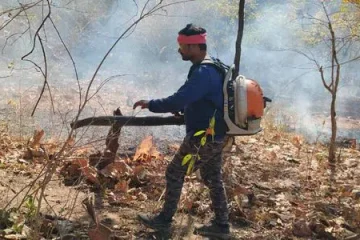Understanding FEMA: Its Critical Role in Disaster Management

Introduction
The Federal Emergency Management Agency (FEMA) plays a pivotal role in coordinating the federal government’s response to disasters across the United States. In light of recent extreme weather events and natural disasters, understanding FEMA’s functions and initiatives is more relevant than ever. As climate change continues to increase the frequency and severity of such events, the agency’s preparedness, response, recovery, and mitigation efforts are crucial for safeguarding communities.
FEMA’s Initiatives in 2023
In 2023, FEMA has faced numerous challenges as various regions of the U.S. grappled with wildfires, hurricanes, and floods. With the hurricane season underway, the agency has ramped up its efforts to prepare communities, emphasizing the importance of emergency preparedness. Recent initiatives include enhancing the Integrated Public Alert & Warning System (IPAWS), which ensures timely and effective communication during disasters.
Furthermore, in response to the increasing risk of climate-related disasters, FEMA has updated its National Preparedness Goal and Strategy. This includes a focus on equity, ensuring that all communities, particularly underserved populations, receive the support and resources they need to prepare for and recover from disasters.
Training and Resources
FEMA has also invested in training programs aimed at local emergency response teams and community leaders. These programs aim to enhance the skills required for efficient disaster management and recovery. Additionally, FEMA’s Disaster Relief Fund provides essential financial resources to affected individuals and communities, aiding in rapid recovery efforts.
Community Engagement and Public Awareness
Engaging the public is a cornerstone of FEMA’s strategy. The agency recently launched a campaign titled ‘Ready America,’ which educates citizens about preparing emergency kits, making evacuation plans, and understanding the risks of their local environment. Through workshops, online resources, and community events, FEMA encourages proactive participation from citizens, fostering a culture of preparedness.
Conclusion
As extreme weather events become a regular occurrence, FEMA’s role as a federal agency responsible for both preparing for and responding to disasters will only grow in significance. The agency’s commitment to enhancing communication, training, and community engagement is essential in mitigating the impacts of disasters. Moving forward, it will be vital for individuals and communities alike to leverage FEMA’s resources and take proactive steps toward preparedness, ensuring safety and resilience in the face of unforeseen challenges.









